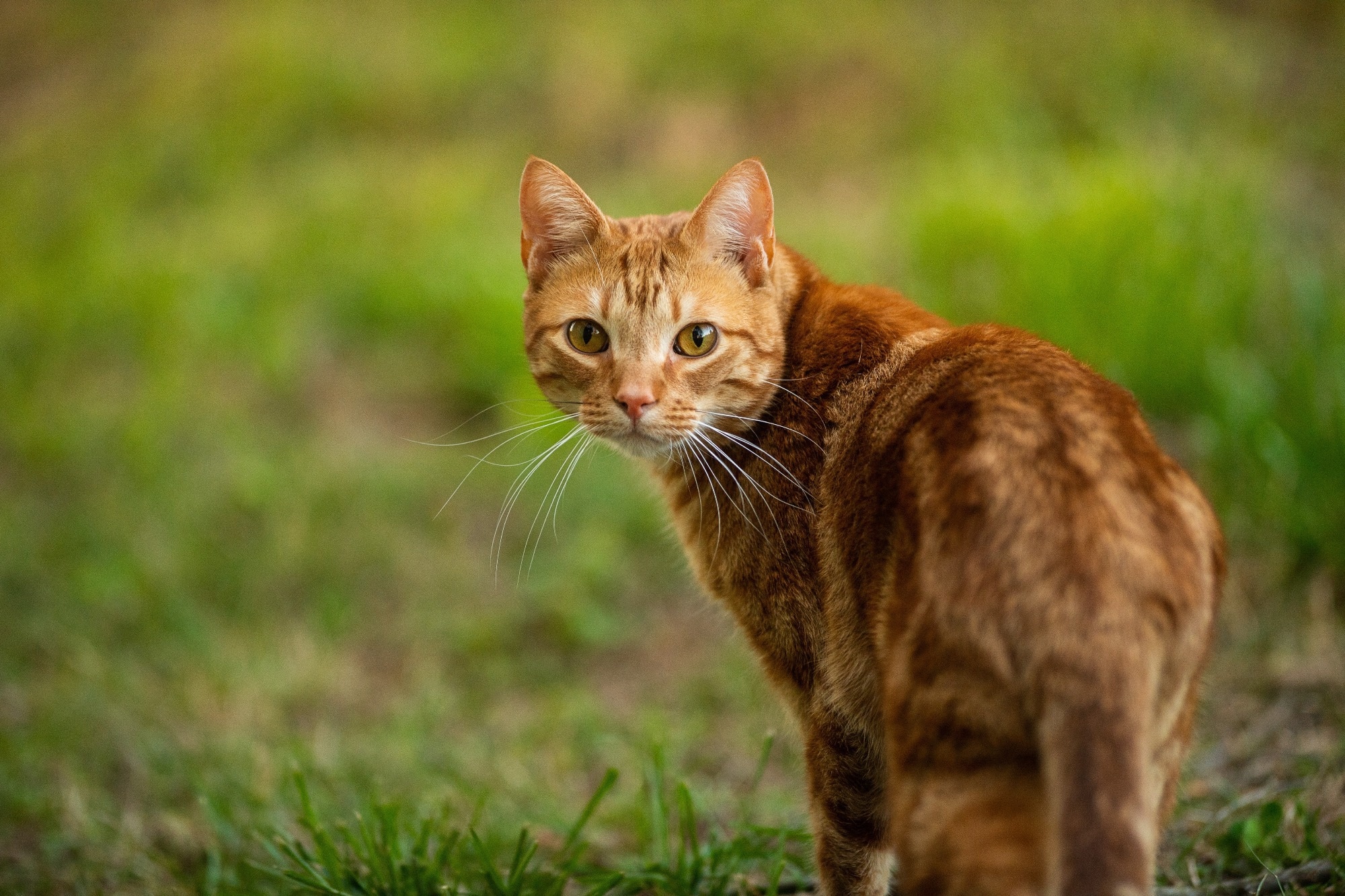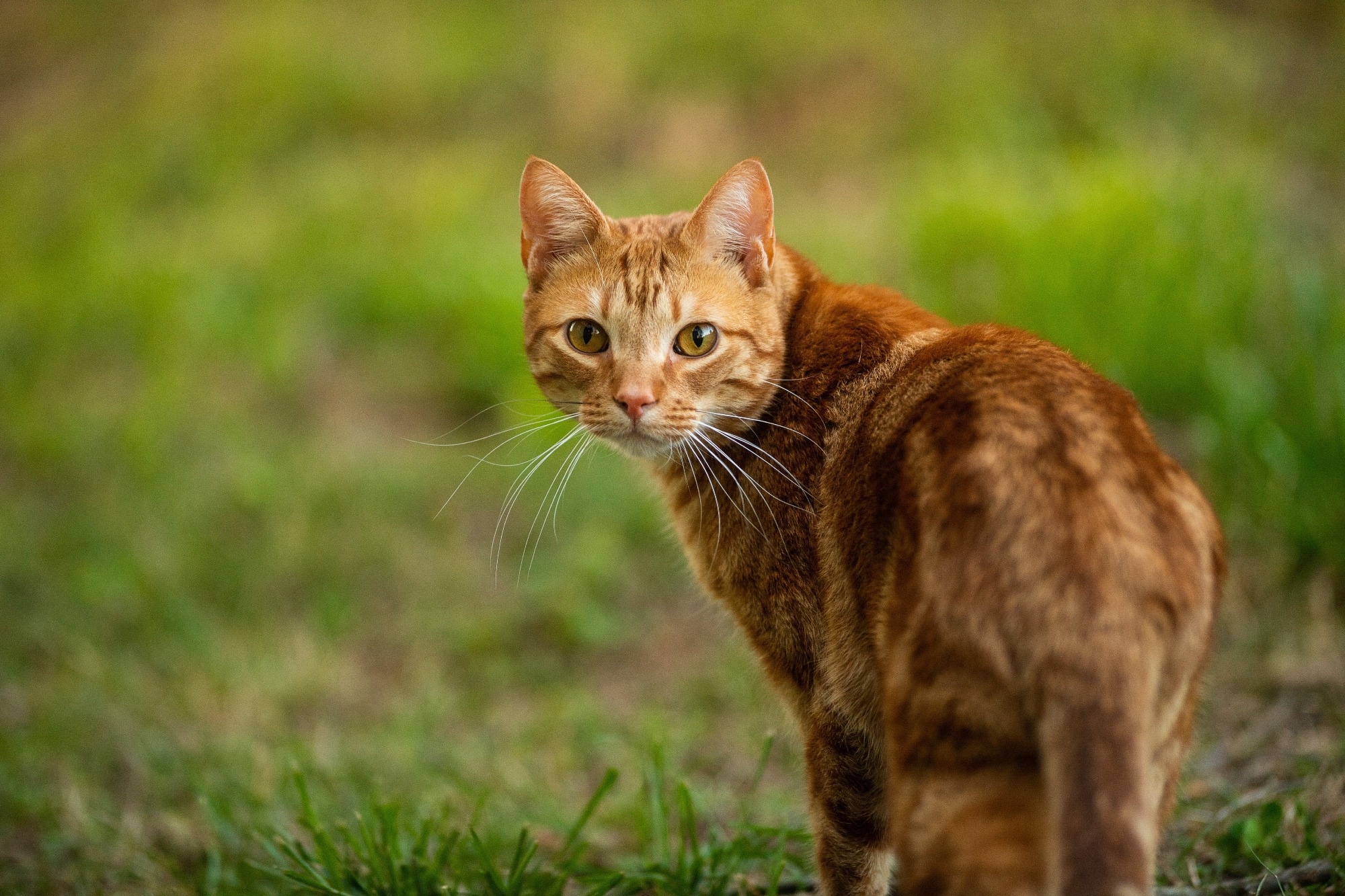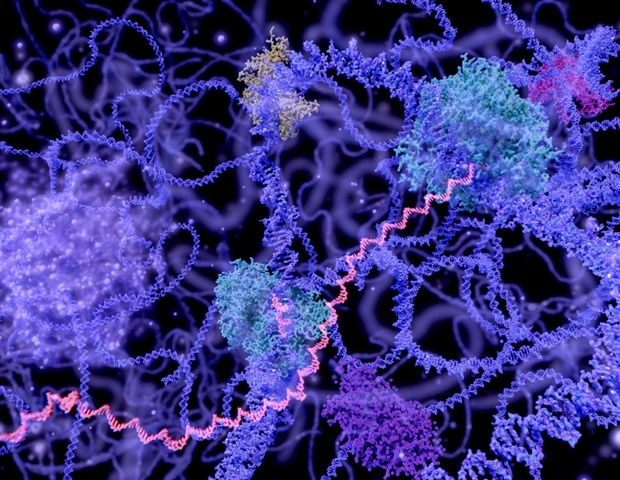In a recent study posted to the bioRxiv* preprint server, researchers evaluated severe acute respiratory syndrome coronavirus 2 (SARS-CoV-2) transmission among domestic cats in the United Kingdom (UK).

Cats have been in close contact with animals (wild and domesticated) and humans. Recent studies have reported transmission of SARS-CoV-2 to humans from cats, underscoring the need for monitoring coronavirus disease 2019 (COVID-19) in the domestic cat population. However, the effects of COVID-19 on cats are not well-characterized and require further investigation.
About the study
In the present study, researchers assessed the seroprevalence of SARS-CoV-2 infections among cats during the COVID-19 pandemic in the UK.
Residual serum samples were obtained from Glasgow University’s Veterinary diagnostic services (VDS) laboratory and tested for antibodies against the SARS-CoV-2 spike (S) protein receptor-binding domain (RBD) by enzyme-linked immunosorbent assays (ELISA). In addition, pseudotype-based viral neutralization assays (PVNA) were performed to assess SARS-CoV-2 neutralizing antibodies.
Neutralizing titers were measured against a panel of the human immunodeficiency virus (HIV) pseudotypes comprising the S protein of SARS-CoV-2 strains such as the Wuhan-Hu-1 strain (B.1), or Alpha, Delta, or Omicron BA.1 variants of concern (VOC) for evaluating the specificity of neutralizing responses and whether it correlated with VOCs likely to have been circulating during infection.
PVNA-positive cat samples were confirmed by double antigen binding assays (DABA). The team excluded cat samples of poor quality. e.g., those showing marked hemolysis and duplicate samples. The samples were allotted unique identification numbers, and the study investigators were blinded to the metadata of cat samples.
The seropositive animals were categorized based on the SARS-CoV-2 pseudotype variant against which the highest neutralizing titers were obtained. In the case of multiple samples from the same animal, the earliest sample was used to estimate seroprevalence.
Results
A total of 2309 cat sera samples obtained between April 21, 2020, and February 7, 2022, were analyzed. Of the sample population, 51% (n=1174) were male, 37% (n=853) were female, and for the remaining cats, the sex was not documented. The mean age of the cats was five years. The sample population comprised 720 (31.0%) and 1300 (56.0%) pedigree cats and non-pedigree cats, respectively, with the remaining cats being of an unstated breed. Cats residing in 112 out of 126 postal code locations of the UK were sampled, with an over-representation of Glasgow, Blackpool, Cambridge, and Edinburgh.
The overall seroprevalence was three percent, peaking between September and November of 2021 (five percent) and between December 2021 and February 2022 (five percent). Variant-specific neutralizing antibody responses were detected with titers waning over time. The variant-specific response in the cat population correlated with and trailed the variants circulating in the human population, indicating multiple ongoing human-to-cat spill-over events.
More pedigree cats (four percent, n=31) compared to non-pedigree ones (n=39, three percent) showed SARS-CoV-2 seropositivity, with the highest SARS-CoV-2 seroprevalence among Siamese, British blue/shorthair and Bengal breeds. However, the seroprevalence inter-breed differences were non-significant.
The potency of neutralization titers among non-pedigree cats and pedigree cats did not differ significantly. More male cats compared to female cats were SARS-CoV-2-positive; however, the difference was not statistically significant. In addition, SARS-CoV-2 seroprevalence did not show any significant age-based differences, and there were no correlations between cat age and SARS-CoV-2 neutralization titers.
The analysis findings showed that 36% (n=27), 41% (n=31), and 23% (n=17) of seropositive cats showed Delta-dominant, Alpha-dominant, and B.1 strain-dominant responses, respectively. Delta VOC-dominant cats showed higher titers of SARS-CoV-2 neutralizing antibodies (average 760) than Alpha-dominant (488) cats or Wuhan-Hu-1 (B.1) strain-dominant cats (329).
More pedigree cats than non-pedigree ones showed Delta VOC dominance; however, the finding was statistically non-significant. SARS-CoV-2 VOCs were more evenly distributed among non-pedigree cat animals, whereas comparatively fewer pedigree cat animals were B.1-infected. B.1 strain-dominant cats showed marginally lower anti-Alpha titers than anti-B.1 titer, but the anti-Delta and anti-Omicron titers were significantly lower.
Alpha-dominant cats showed marginally lower anti-B.1 titer than anti-Alpha VOC titers and considerably lower anti-Omicron and anti-Delta titers. Delta VOC-dominant cats demonstrated comparable titers against B.1, Omicron and Alpha, which were considerably lower than anti-Delta titers. Five SARS-CoV-2-positive cats were sampled ≥12.0 days apart, and among all the five cats, SARS-CoV-2 neutralizing titers reduced with time. The percentage reduction in neutralizing titers per day varied considerably across the cat samples, but three cats showed consistent results across variants.
Overall, the study findings showed that SARS-CoV-2 seroprevalence in UK domestic cats has increased with time. The cats could act as SARS-CoV-2 reservoirs, intermediate hosts, and as a source of novel SARS-CoV-2 variants.
*Important notice
bioRxiv publishes preliminary scientific reports that are not peer-reviewed and, therefore, should not be regarded as conclusive, guide clinical practice/health-related behavior, or treated as established information.









